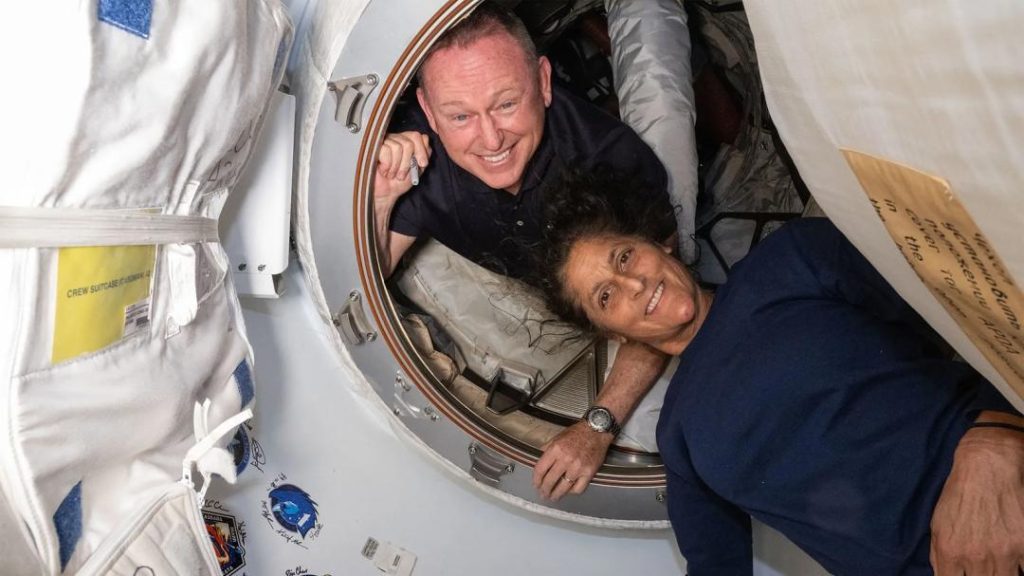
What challenges will Sunita Williams & Butch Wilmore face after returning to Earth?
Next week, astronauts Sunita Williams and Butch Wilmore will return to Earth after spending time in space. While their journey may be over, their challenges are far from it. The effects of microgravity on the human body can be significant, and Williams and Wilmore will face a range of physical and physiological challenges as they readjust to life on Earth.
One of the most noticeable effects of space travel on the body is the loss of bone density. Prolonged exposure to microgravity can cause the bones to lose up to 20% of their density, leading to a condition known as osteoporosis. This can make it difficult for astronauts to maintain their balance and could lead to a higher risk of fractures.
To counter this loss, astronauts like Williams and Wilmore will undergo a process called “countermeasures” to help rebuild their bone density. This may involve a combination of exercise, medication, and other treatments to help stimulate bone growth.
Another challenge they may face is the development of “baby feet.” This is a condition known as “edema,” where the feet and ankles become swollen due to the lack of gravity. In space, the body’s natural fluid balance is disrupted, causing fluid to accumulate in the extremities. This can make it difficult to walk and could lead to discomfort and pain.
The effects of microgravity on the body are not limited to the physical. Astronauts also experience changes to their blood volume, which can lead to a range of symptoms including dizziness, nausea, and even fainting. This is because the body’s natural response to microgravity is to redirect blood flow to the head and upper body, which can lead to a decrease in blood pressure.
To prepare for their return to Earth, astronauts like Williams and Wilmore will undergo a series of tests to monitor their physical and physiological condition. This will help them to identify any potential issues and develop a plan to address them.
In addition to these challenges, astronauts may also experience a range of psychological and emotional effects after returning to Earth. The isolation and confinement of space travel can take a toll on the mind and body, and it may take some time for astronauts to readjust to life on the ground.
As Williams and Wilmore prepare to return to Earth, they will be aware of the challenges that lie ahead. However, they will also be aware of the importance of their work and the contributions they have made to our understanding of space travel and the human body.
In conclusion, the challenges that astronauts like Sunita Williams and Butch Wilmore face after returning to Earth are significant. From the loss of bone density to the development of “baby feet,” the effects of microgravity can be far-reaching and may take some time to overcome. However, with the right countermeasures and support, astronauts can readjust to life on Earth and continue to contribute to our understanding of space travel.



